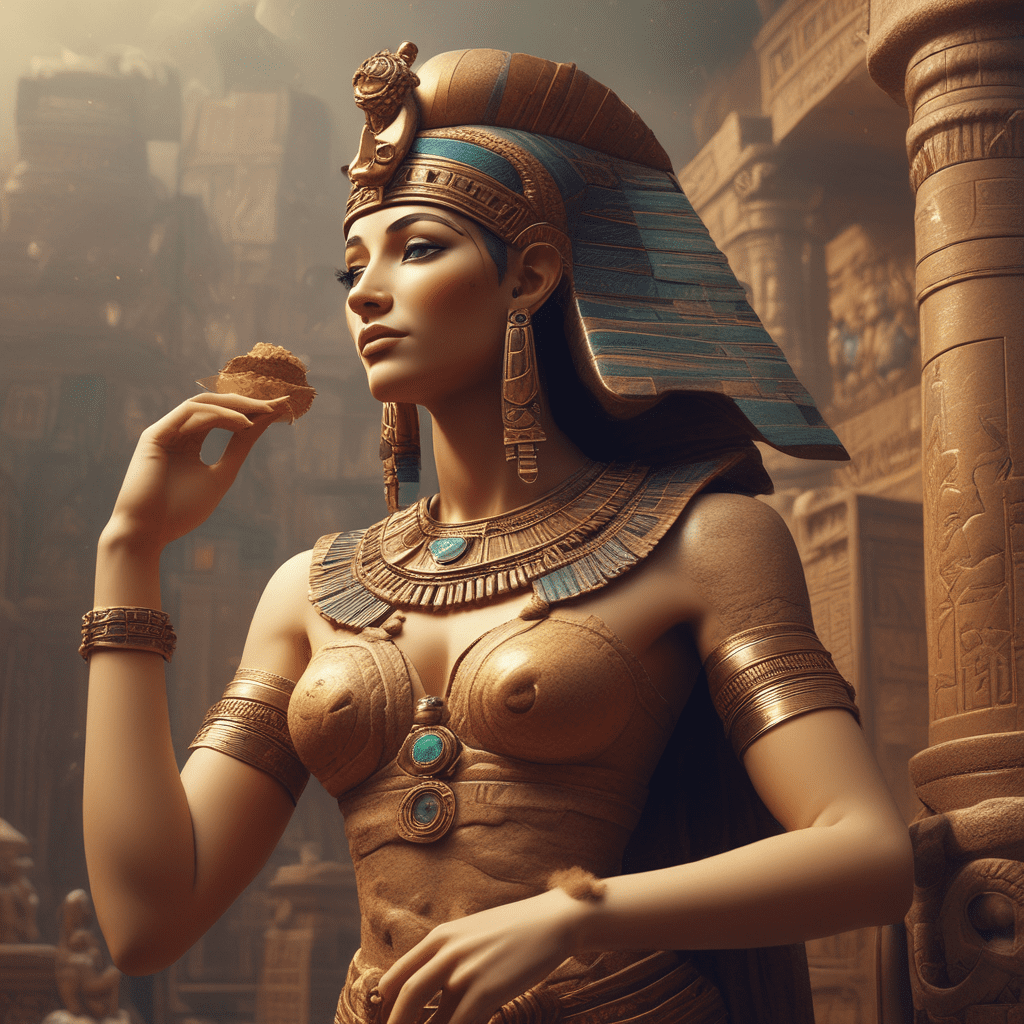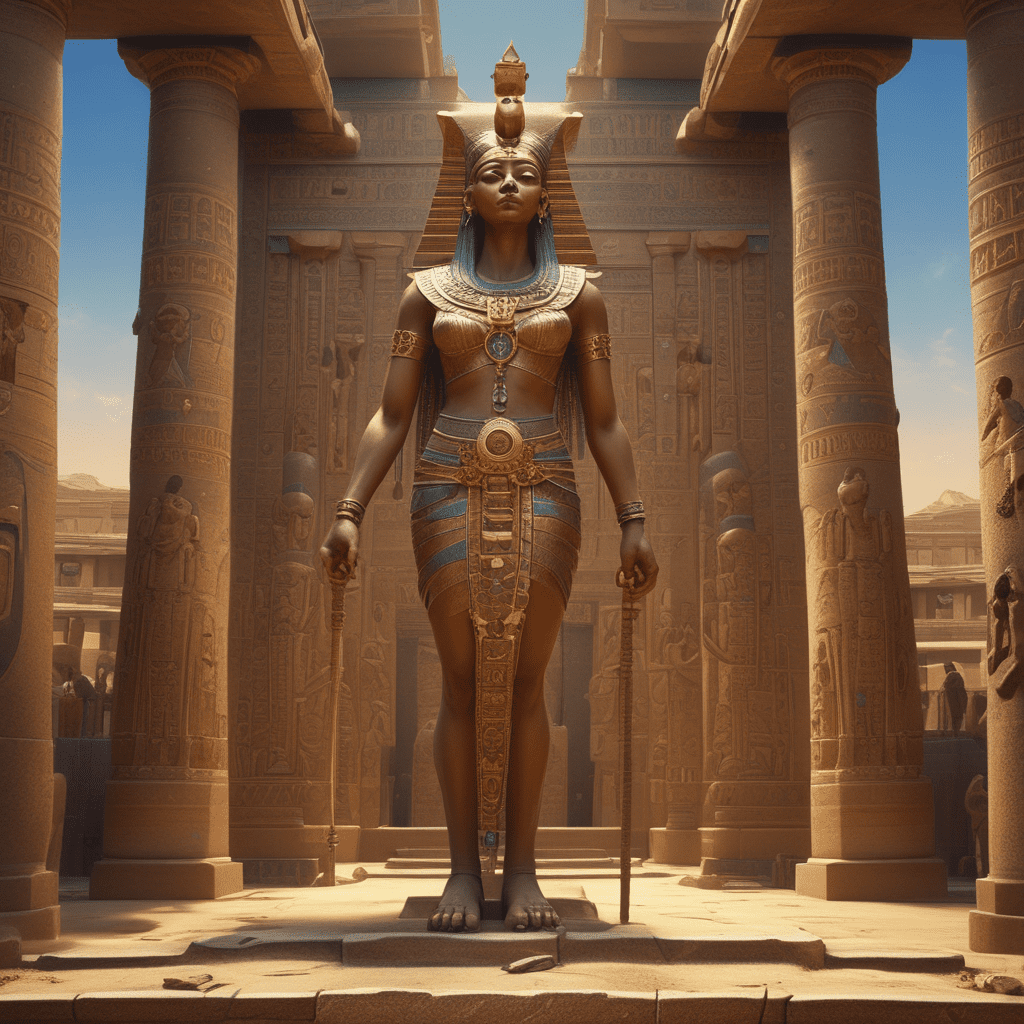The Myth of the Goddess Nut in Ancient Egypt
Ancient Egyptian mythology is a treasure trove of mystical stories and divine beings, one of the most enchanting figures being the goddess Nut. In this blog post, we delve into the captivating myth surrounding Goddess Nut and her significance in Ancient Egyptian culture.
Who was Goddess Nut?
Goddess Nut, also known as Nut, was a prominent deity in Ancient Egyptian mythology. She was considered the sky goddess, often depicted as a woman arched over the earth, with her fingertips touching the ground on one side and her toes on the other. Nut was believed to swallow the sun every evening, giving birth to it again in the morning, symbolizing the cycle of day and night.
Role and Significance of Goddess Nut
As the sky goddess, Nut played a vital role in Egyptian cosmology. She was seen as the protector of the dead, with her body forming the heavens where the souls of the deceased would travel to be reborn. Nut was also associated with fertility, renewal, and the passage of time, showcasing her multifaceted significance in Egyptian beliefs.
The Myth of Nut and Geb
One of the most famous myths involving Goddess Nut is her relationship with Geb, the earth god. According to legend, Nut and Geb were initially in a forbidden love affair, separated by the god Shu, who raised Nut to the sky, creating the separation between heaven (Nut) and earth (Geb). Nut was then forced to remain arched over the earth, forever separated from her beloved Geb, yet still embracing him with her arched body.
Legacy of Goddess Nut
Throughout history, Goddess Nut has remained an emblem of divine power, cosmic order, and the cyclical nature of life. Her influence transcended mythology and was intricately woven into the cultural and religious tapestry of Ancient Egypt. Even today, the legacy of Nut endures as a symbol of celestial majesty and eternal rebirth.
FAQs about the Myth of the Goddess Nut in Ancient Egypt
Who is the Goddess Nut in Egyptian mythology?
In Ancient Egyptian mythology, the Goddess Nut is the sky goddess who is often depicted as a woman adorned with stars, arching over the earth. She is considered the mother of the sun god Ra, the moon god Khonsu, and other prominent deities.
What is the significance of the Goddess Nut?
The Goddess Nut is highly revered in Egyptian mythology as she represents the sky, which was believed to be a protective and nurturing force. She is associated with rebirth, protection, and the cycle of life and death.
Why is the Goddess Nut often depicted as arching over the earth?
The imagery of the Goddess Nut arched over the earth symbolizes the concept of the sky embracing and protecting the earth. It also represents the belief that Nut swallowed the sun each evening and gave birth to it again each morning, signifying the cycle of day and night.
Is there a connection between the Goddess Nut and the afterlife in Ancient Egyptian beliefs?
Yes, the Goddess Nut plays a significant role in the journey of the soul after death. It was believed that the deceased would travel through the body of Nut during the night to be reborn at dawn, showcasing her role in the cycle



